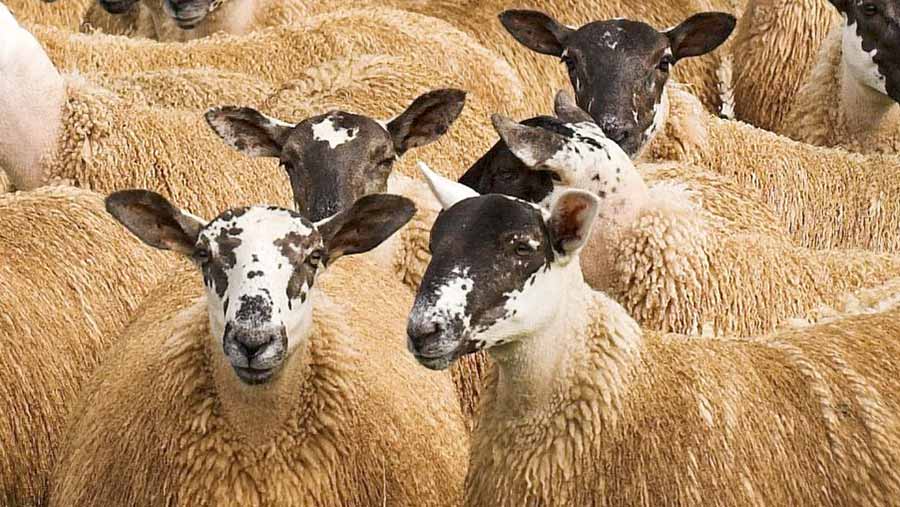Scotch Mule trade and numbers back as sales kick off
 © Food and Drink/REX/Shutterstock
© Food and Drink/REX/Shutterstock Early sales of Scotch Mules have seen lambs back £3-£4 a head and shearlings back by up to £10-£20 despite many sale yards reporting much smaller throughputs.
August and September shows of Scotch Mules have indicated the uncertainty of Brexit and the effect of challenging weather on sheep and buyers’ budgets.
However, a strengthening cull sheep market and much-improved late summer grass growth across many regions are bullish factors for trade going into the autumn, say auctioneers.
Markets have also noted that comparisons are being drawn with last year’s very firm trade, with many 2017 sales up on the year.
Castle Douglas
Ewe lamb and shearling numbers were back 14% at Castle Douglas, where Robin Anderson, managing director at Wallets Marts, says a combination of factors have dropped averages.
Shearling numbers fell to 2,986 and the average dropped £4.25 to £128. Lambs dropped £7.92 to level at £92.91 for 7,266 sold.
See also: Cautious breeding sheep sales see some averages back
He told Farmers Weekly that Brexit, tighter fodder supplies, the increased costs incurred last winter and rising feed prices are combining to create “a general lack of confidence”.
“Nobody knows what effect Brexit is going to have, but everyone you speak to seems to think the sheep sector could suffer the worst,” said Mr Anderson. “Lambs are bought for a five-year project, and Brexit is creating longer-term uncertainty.”
He said recent sale numbers had been affected by higher mortality during the difficult early spring period and many hoggs being culled when the lamb price skyrocketed in the new year.
“Top pens weren’t back as far, but second and third pens were back more for our Mule lamb sale. Some buyers weren’t forward this year,” said Mr Anderson
Last week’s (3 September) Blackface ewe lamb sale saw the opposite trend, with trade £8 higher and less money available for the top pens, but more interest in the second and third pens. A total of 1,940 ewe lambs averaged £87.76 compared with 2,726 making £79.83 last year.
Caledonian marts
A 50% increase in shearling numbers led to a £21 fall in averages at Stirling Caledonian marts, where 1,019 head averaged £114.50 on 31 August.
In the lamb ring, 2,850 lambs (-5.5%) fell by £4.43 on the year to make £90.75.
Auction operations manager Alastair Logan said a lot of lambs were much smaller than last year, which hit lamb averages, while shearlings were affected by supply and demand, with buyers being able to “pick and choose”.
“Half the gimmers [shearlings] were lacking in quality, but that’s understandable because of the tough winter and lack of grass. Gimmers need grass, whereas lambs can thrive off their mothers.”
He added: “Some vendors had nearly as many lambs, but other people were selling half the numbers – it was a tough winter.”
